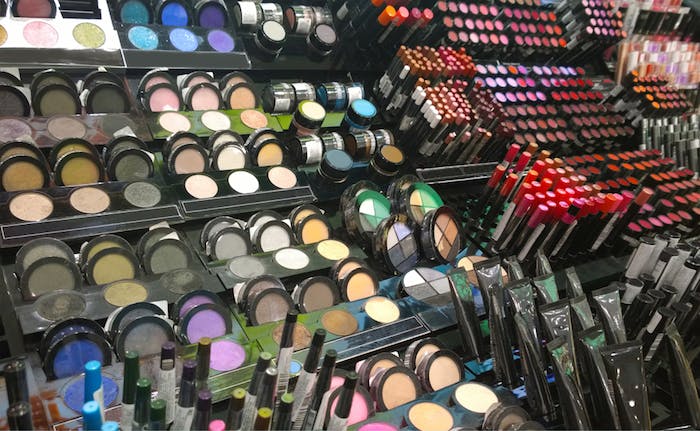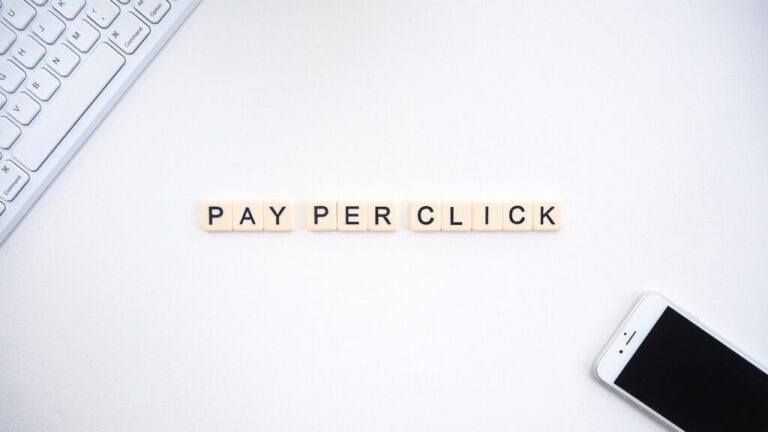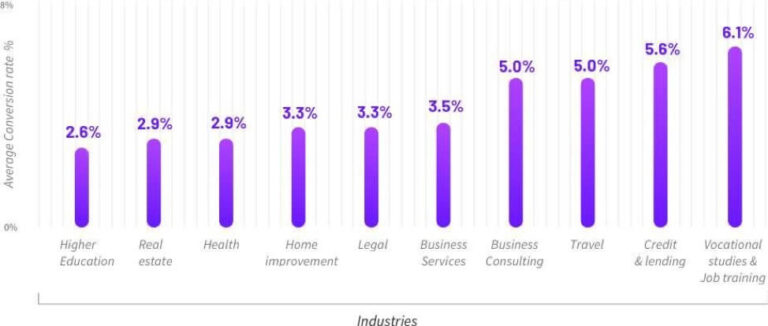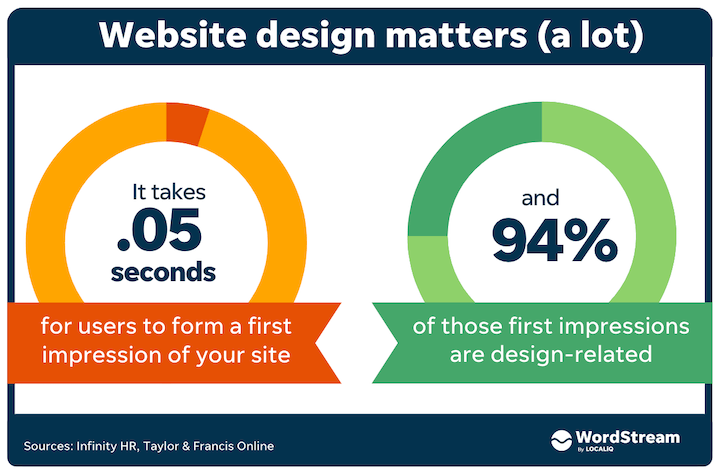
Of course, some people simply do prefer the physical experience of browsing on real shelves – as well as the social aspect of shopping with friends or family (when mixing is allowed). Ultimately, physical retail stores will always be in demand to a certain extent, but the pandemic has shown that it’s certainly possible to redirect certain aspects of it online.
Even pre-Covid it was hard to ignore Amazon’s dominance of the customer journey. According to Wunderman Thompson’s 2020 ‘Future Shopper‘ report, 63% of online consumers start their online searches for products on Amazon, while 52% of online shoppers get product inspiration from Amazon. For new or small beauty brands, this can translate into healthy sales. Vogue Business reports that make-up brand Wunder2 saw a 126% increase in sales of its core products during the quarantine period in the US, while skincare brand Oars + Alps reported a 15% increase in sales on the platform since its US stores shut.
It might not be much more than a bit of fun for the time being, and monetisation does seem unrealistic considering the amount of free filters available for consumer use.
Creating community and human connections online
On the other hand, physical stores that focus on human connections and memorable, immersive experiences could win out. Brands like Glossier were already delivering this prior to the pandemic, though the brand has since been forced to lay off members of staff as retail stores shut. Back in August 2020, CEO of Glossier, Emily Weiss suggested that any return to physical retail would be underpinned by elements that cannot be entirely replicated online. “As a digital-first company, we have always viewed our offline experiences as a channel for connection and community, and that mandate has not changed,” she said. “We will keep working to find new formats for bringing joy to our community in this current environment, while reimagining Glossier retail for the future so that we can reopen with renewed creativity, energy, and scale when it is safe to do so.”
Today @Pinterest launched AR Try on for eyeshadow at @NRFnews! So fun and easy to shop the hottest brands and looks right from Pinterest. ???????????????????????? pic.twitter.com/YhJJxHrY2U
— HERO® Virtual Shopping (@usehero) January 4, 2021
‘Signature Faces’ is a virtual make up line that enables users to choose from 10 different AR filters on live video platforms including Zoom, Google Duo, Snapchat, and Instagram. Instead of merely ‘trying on’ make-up to help purchase consideration, the tool essentially replaces the need for any physical products themselves, allowing users to wear make-up when using online platforms, without actually wearing it in real life. It’s an interesting concept, but is it just a gimmick, or could we see virtual make-up become shoppable in future?
Another reason that more high-end brands are selling on Amazon is that its ‘Premium Beauty’ and ‘Indie Beauty Shop’ categories automatically offer brand gating to those involved. As Kiri Masters for Forbes explains, brand gating restricts third-party sellers from selling these brands, preventing the problem of counterfeiting and poor customer experience. Furthermore, Amazon Live – the site’s livestreaming shopping function – is now giving brands the opportunity to directly connect with Amazon customers in a way they previously couldn’t. And with more people turning to virtual brand events during the pandemic, it’s proving to be a successful strategy for beauty brands. According to Glossy, the Amazon livestream for haircare brand Flawless generated 100,000 views. Though there’s no indication of how this might have translated into sales, it still shows the extent to which the Amazon platform can increase engagement and brand awareness.
Both of these examples are shoppable, of course, and are designed to prompt consumers to buy beauty products when browsing online. But while some AR tools are designed to directly impact the path-to-purchase, others, like L’Oreal’s ‘Signature Faces’, act as more of a marketing tool – but perhaps also a sign of how beauty brands and technology platforms might further collaborate in future.
Alongside connections in-store, it’s likely that beauty brands will continue to focus on delivering customer service online. While this used to amount to live chat, perhaps, or online tools for personalisation, the pandemic has given rise to a more human approach, often made possible by redirecting retail sales jobs online.
In other words, retail stores that offer a solely transactional experience will feel both irrelevant and pointless (when consumers can get the same thing online). The added safety concerns will only add to the desire to shop online, particularly in the short-term as consumers will still be required to wear masks.
Experiential to differentiate physical retail brands
Beauty brands, particularly luxury or prestige brands, have typically resisted selling on Amazon due to a lack of control over the shopping experience (and an inability to directly connect with consumers). However, due to the closure of retail stores – as well as lower footfall in ‘essential’ stores that sell beauty and cosmetics – many brands are now re-considering Amazon.
However, Kantar suggests that an uptick is back on the horizon for beauty and personal care, due to levelling off in key categories such as skincare and haircare – as well as the boom in hygiene products. Overall, success for many brands is stemming from ecommerce, with online sales predicted to account for over 23% of beauty and personal care spend by the end of 2021. Indeed, recent earnings statements reflect this, with retailers including FeelUnique and Asos both reporting surges in make-up and beauty sales. Meanwhile, it’s been suggested that Debenhams’ 1.4m beauty club members could be part of the reason behind Boohoo’s recent acquisition of the department store chain.
Fast forward to September of 2020, and this value growth slowed to just 1.1%. This might not sound too dramatic, but this was a burgeoning category and Kantar points out that growth is nearly flat when the pandemic-driven sales of hand and body wash is factored in.
With UK retail stores still closed due to Covid regulations, and ecommerce spend remaining strong, it is likely that we will see further digital acceleration for brands and retailers in the beauty sector in the coming months.
With consumers becoming more used to buying beauty online, it’s unclear how physical stores will see demand return once they reopen. Some suggest that consumers will continue to shop online, while others predict that there will be huge demand for brick-and-mortar retail – but only if stores deliver the experiential element that consumers have been missing out on during the pandemic.
Beauty brands get on board with Amazon
So, what about omni-channel brands like Ulta Beauty in the US and Superdrug in the UK, which tend to offer a more straightforward (and mass-market) retail experience? It remains to be seen how long disruption from the pandemic will continue, but a greater focus on ecommerce looks likely regardless, alongside the development of in-store services that centre around experiential elements such as product demonstrations or tutorials. Greater alignment of digital and offline channels will also be vital for beauty retailers in order to deliver the experience that customers now expect, including the ability to offer services like click-and-collect (or curbside pickup) or booking in-store appointments. This strategy seems to be growing traction for Ulta Beauty, which reported that ecommerce sales soared 90% for Q3 2020, with its ‘buy online, pickup in store’ service accounting for 16% of overall ecommerce sales.
Take Credo Beauty, for example, which was able to keep all its employees on the payroll during store closures. The beauty brand partnered with live chat platform Hero to facilitate live virtual appointments for customers. According to Hero, online customers who shop using Credo Live are up to 15 times more likely to make a purchase versus those who don’t. What’s more, sales via the technology now account for 15% of Credo Beauty’s total revenue. Deciem is another brand to partner with Hero, enabling employees to deliver expert advice online – a crucial part of the buying journey for new skincare customers.
Again, this begs the question: If customers can receive the same advice and knowledge (delivered by the same employee) online as they do in-store, as well as the addition of greater convenience, why would they bother shopping in-store?
With Hero, @deciem brings the magic of the store to customers at home ???? pic.twitter.com/8RUufU2JtB
Virtual ‘try on’ tools may yet take off
Speaking to Glossy, Aurelian Lis, CEO of Dermalogica, said: “Larger stores that strip human connection and touch out will falter as consumers realize that it’s not worth the hassle of going shopping if it’s going to be as drab as airport security.”
These events, which deliver a deep-dive into a brand or product, are an effective driver of sales – arguably even more so than similar content on Instagram or YouTube – as consumers are required to sign-up in order to virtually attend.
With that said, L’Oreal’s investment certainly highlights two specific trends to arise from the pandemic; the increase in digital communication, and a new willingness to experiment with virtual beauty. So, who is to say how consumer behaviour might develop as a result? With consumers unable to discover products in-store for the best part of the pandemic, it certainly seems that try-on tools could continue to see a surge in usage even after retail stores re-open.
So, what new trends are we seeing in beauty retail amid the ongoing pandemic, and how are brands preparing for what is bound to be an unpredictable few months ahead?
— Meredith Klein (@MereditheKlein) January 22, 2021
Meanwhile, as I mentioned earlier, the opportunity to snap up Debenhams’ beauty division is likely to have played a big part in Boohoo’s acquisition, giving the online retailer the ability to ramp up partnerships with beauty brands (and target existing Beauty Club members). In-store beauty concessions are becoming more of an outdated concept for many department stores, or at least not the sales driver they once were, with the inability to digitally adapt and innovate.
Most recently, Pinterest has expanded its AR feature, ‘Try On’, to include eyeshadow as well as lipstick. The tool is available in conjunction with over 4,000 products from brands including Urban Decay, YSL, and NYX Cosmetics. Google has also invested in AR technology for beauty, partnering with Modiface and PerfectCorp to enable users of the Google app to virtually try-on make-up.
Beauty retailer Space NK is another beauty retailer that has refocused on digital efforts, using virtual appointments as a tactic to drive sales during the pandemic. From a 20 minute ‘make-up bag refresh’ to a 15-minute ‘brand skincare spotlight’, the retailer offers specific consultations, effectively honing in on categories and topics across skincare, make-up, fragrance, and haircare. Alongside these bookable one-to-one appointments, Space NK has also set up ‘Space Live’, a new online platform for live-streaming, featuring influencers, industry experts, and brands.
[embedded content] L’Oreal acquired AR tech company Modiface back in 2018, pioneering the first digital ‘try on’ tool to enable users to virtually test out make-up. Since, beauty brands and tech platforms have embraced AR for beauty, driven by a rise in consumer demand during the pandemic.





